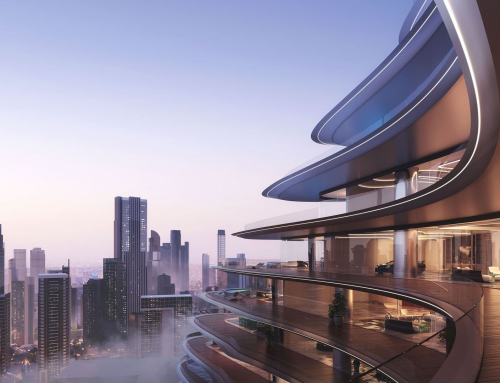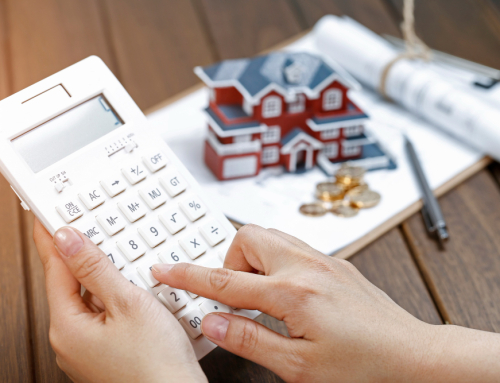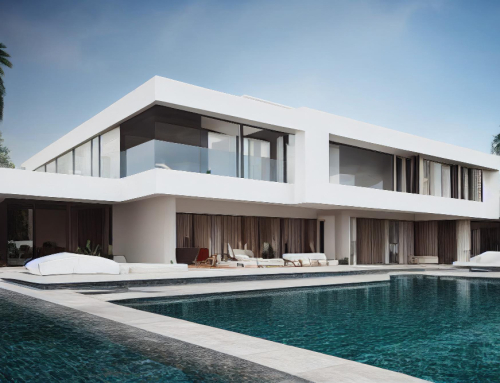The highest sale prices of the last decade are now being recorded by the sale prices of lands in Attica, due to high demand. Specifically, prices recorded an increase of up to 20.35% in the center of Athens (Ampelokipoi), while the average increase is estimated at 14.7%. The figures result from a relevant analysis, carried out during the second quarter of this year, by Geoaxis, a company of certified real estate appraisers.
Based on the relevant Real Estate Values Observatory edited by the company, during the last 12 months, prices in five local markets of Attica (Ampelokipoi, Marousi, Palaio Faliro, Peristeri and Cholargos), recorded an annual increase of 5.3% , while compared to the second quarter of 2021, the increase is much higher, reaching 14.9%. In fact, this is the fifth consecutive year in which land prices have increased, showing the dynamics of this particular market.
During the last year, the largest increase (6.30%) was registered by lands with S.D. (Building Factor) 0.8 in Maroussi, with the average price estimated at 810 euros/sq.m., from 762 euros/sq.m. last year. Next is the area of Peristeri where lands with S.D. 1.8 record an increase of 5.35% and an average price of 846 euros/sq.m. In Athens, specifically in Ampelokipi, plots with S.D. 3.6 are sold instead for amounts of 2,282 euros/sq.m., marking an increase of 5.16%, while in P. Faliro, the plots with S.D. 1.4 are valued at 1,395 euros/sq.m., up by 4.9% on an annual basis.
An increase of 4.85% is also noted by the plots for sale in the area of Cholargos, where the average price is 1,125 euros/sq.m., from 1,073 euros/sq.m. a year ago. As Geoaxis points out, these prices refer to completely typical plots. “It is obvious that plots with special characteristics in terms of location, projection, view and surface area are at the upper limit of the sample, with values many times up to 25% higher”, it is pointed out. The smallest plots are located in Ampelokipi (148 sq.m.) and Peristeri (228 sq.m.), followed by Paleo Faliro (273 sq.m.), Marousi (330 sq.m.) and Cholargos (400 sq.m.). According to analysts, it is evident that undeveloped plots of one acre are now hard to find, while in most cases these plots have old houses or other structures within them.
“We find that since the beginning of 2018, buildings are being erected again, which are mainly located in medium and high-profile areas (Agia Paraskevi, Paleo Faliro, Glyfada, Voula, etc.) where plots were bought cheaply during the crisis and the compensation rates when agreed upon were not prohibitive, in relation to the then construction costs. These new buildings have in common that they are largely self-financed and provide high standards of housing in constructions of special architecture, mainly in terms of their views and energy footprint”, says Mr. Yiannis Xylas, head and founder of Geoaxis.
According to him, the cycle of high construction activity, which started in 2018, continues, as the demand for land, or plots with old buildings, which can be demolished and newly built apartments created in their place, is booming. “Main causes fueling the existing demand can be attributed to the accumulated demand for housing, which was not satisfied in the previous years of the financial crisis, to the immediate availability of capital, alongside the existence of undeclared incomes from the middle class, but also to the new reality that has shaped working from home’. Also, the demand for new construction is fueled by the quality and technological obsolescence of a large number of constructions built before 1980, the willingness to spread investment risk through the real estate market, and the ability to achieve returns through short-term leasing.
The exchange for real estate rates are stable
Stabilizing is the trend of the percentages of the exchange for real estate, the percentage of the plot that is converted into apartments for the tenants, as long as the specific solution is chosen and not the direct sale. According to Geoaxis, today the individual landlord will receive almost a small apartment less, compared to what was the case in the market until 2005, when the market had reached its zenith. In particular, in Marousi, e.g. in 2005 the percentage of consideration varied between 45% and 55% of the plot, while today it ranges between 32% and 38%. Accordingly, in the Vineyards, the percentage of compensation is between 33% and 38%, against 40% – 50% in 2005.
At the same time, bargaining between developers and landowners is becoming increasingly tough, as rising apartment sales prices, which would theoretically allow them to offer higher rates of return, are offset by rising construction and financing costs. In 2022, the ELSTAT Material Price Index for New Buildings increased by 11%, compared to an increase of 3.8% in 2021. However, in practice, the increases recorded are much higher and are estimated to be above 50-55% compared to in 2020. At the same time, an average borrowing rate (provided the manufacturer cannot use exclusively equity) hovers around 5%. However, according to Geoaxis, plot prices are expected to continue to rise, especially in the southern suburbs, where there is the greatest demand. The upward trend is due to increased demand and low supply.
Source: kathimerini.gr








